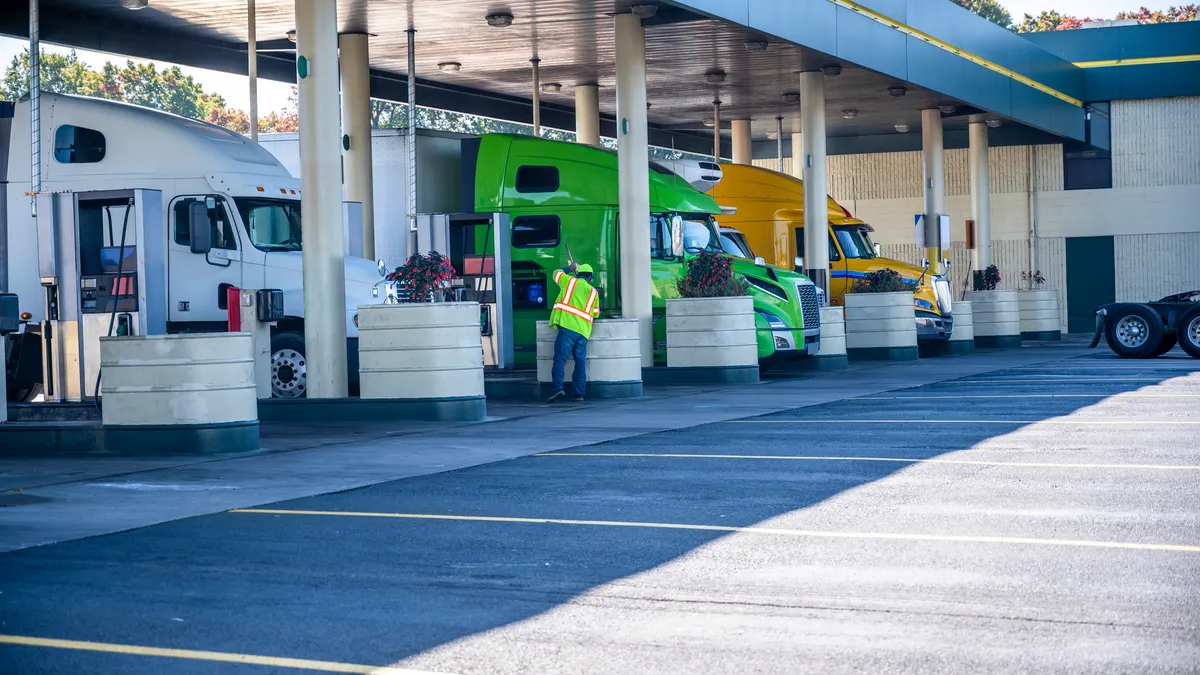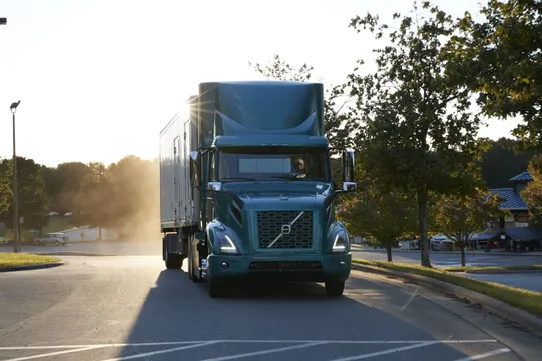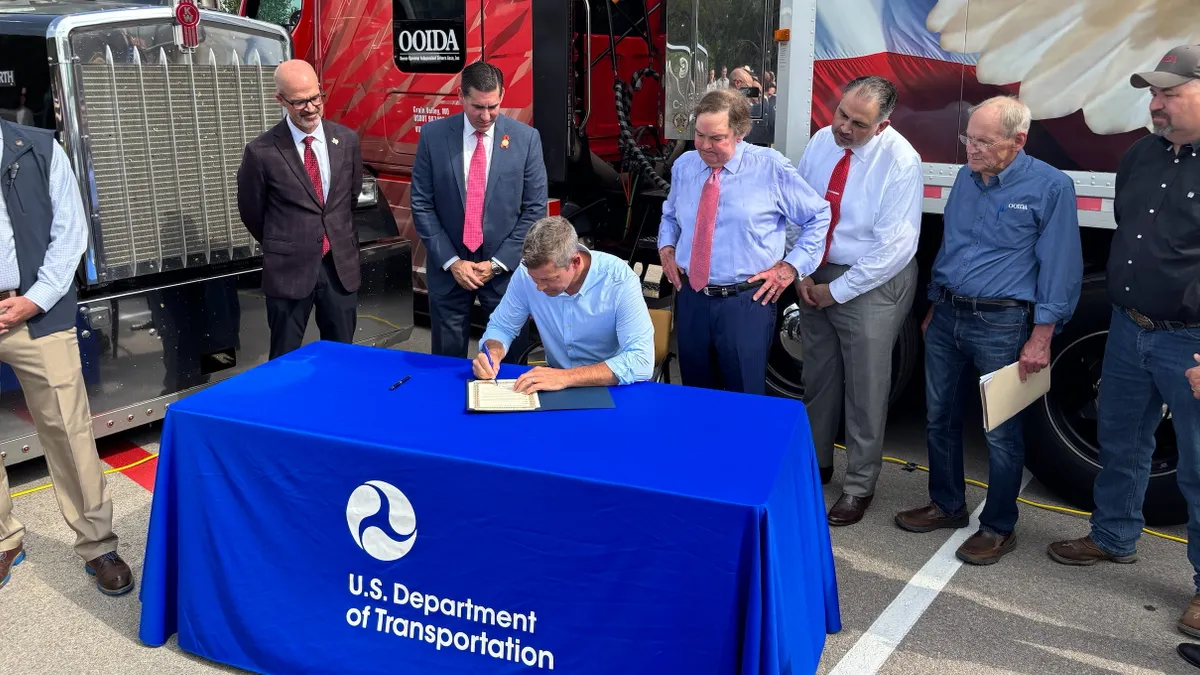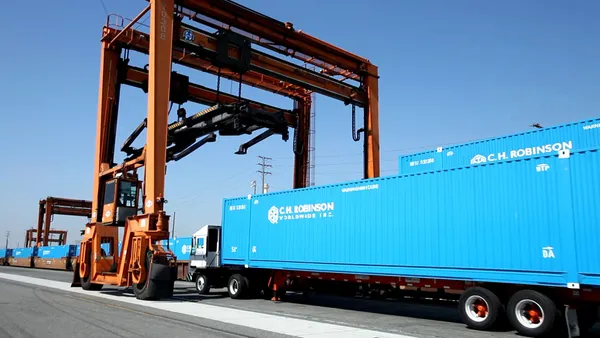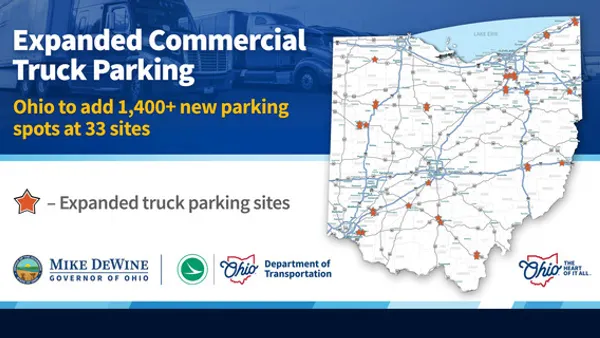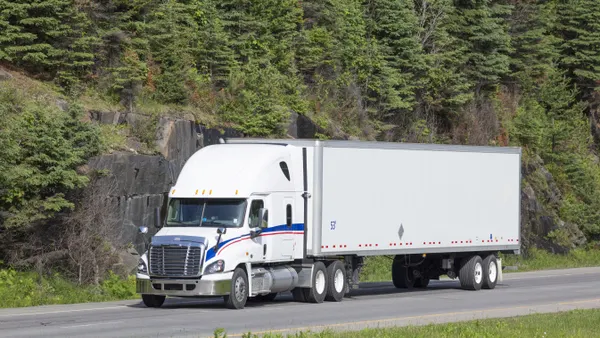A push-and-pull of forces is complicating the truckload market cycle.
The industry might finally be moving past a persistently sluggish downturn, but the current environment may continue to stick longer than what many would like, industry leaders recently suggested.
Werner Enterprises CEO and Chairman Derek Leathers spoke about the issue last week at a Wells Fargo conference in Chicago.
“We’ve continued to see carrier exits that has led to a situation where we’re closer to the end than the beginning, but not yet really at an inflection point at this point,” Leathers said.
But some positive signs have occurred. A recent bump in spot market pricing as a result of International Roadcheck was more akin to pre-COVID-19 levels, Leathers said.
“But there’s still some ... more attrition that needs to take place,” he said, adding that net deactivations stats have shown a long-term trend of more carriers ending operating authorities.
While trucking demand is soft, capacity isn’t fundamentally changing, DAT iQ Principal Analyst Dean Croke said on a June 11 weekly market update webcast.
Ahead of 2027 emissions regulations coming into effect for trucks, there’s been very high demand for ordering new vehicles, thereby flooding used markets and contributing to market capacity, he said.
Croke called it “a really bizarre situation.”
Werner executives do not expect customers to radically change their habits. “We’re not banking on any kind of significant uptick in consumer behavior, but nor are we assuming that the consumer suddenly goes silent,” Leathers said.
In Werner’s one-way business, Leathers noted bids are better than a year ago when a bid might have contained mostly new volume — a highly inefficient relationship for the shipper and carrier, he said.
“This year, it’s been a more stable approach,” he said. “That is an indication also that everybody, both sides of the desk, so to speak, are realizing that we’re closer to an inflection point.”



